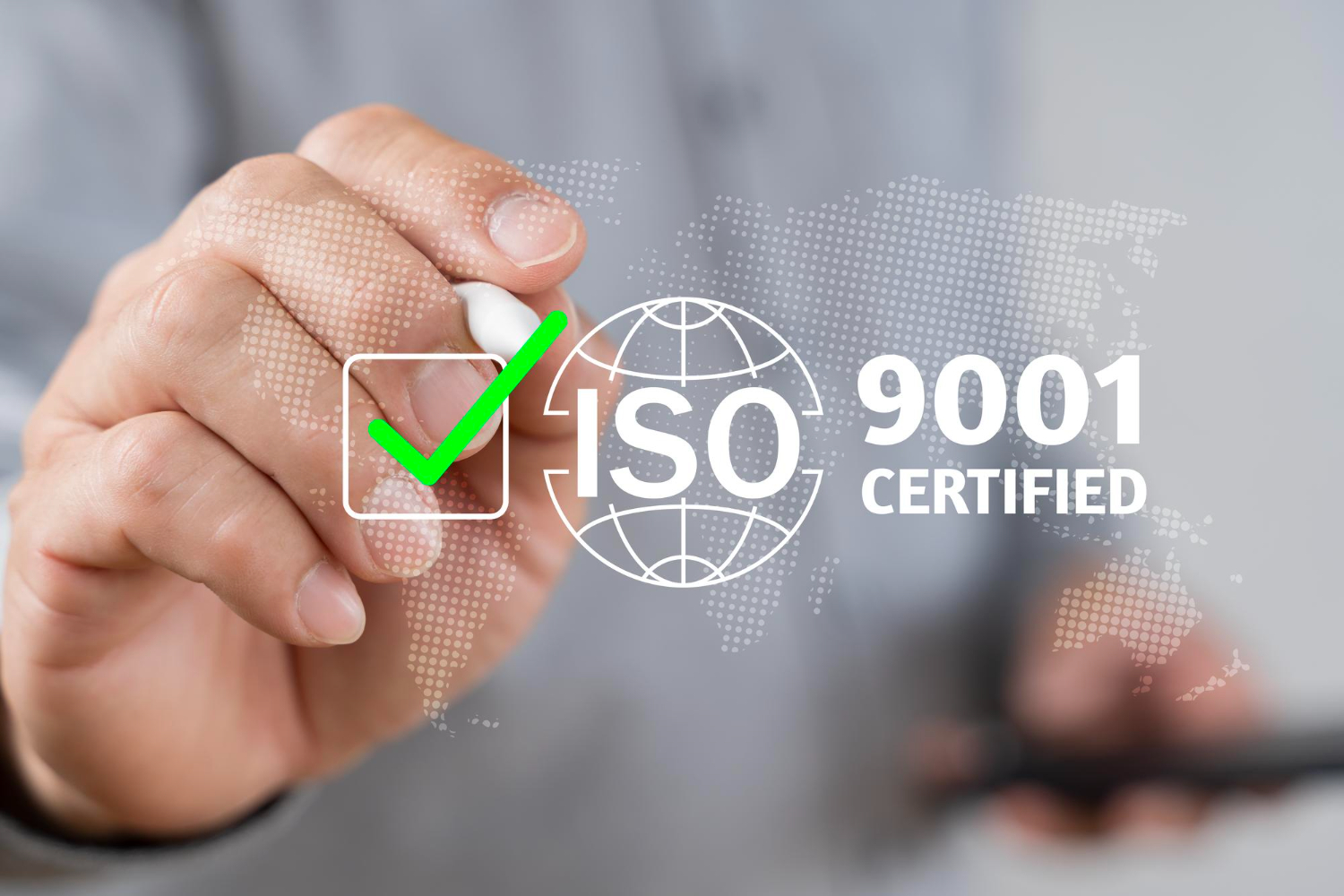
Achieving ISO 27001 certification might seem overwhelming, but breaking it into manageable steps makes the process easier. This certification ensures your company’s information security management system (ISMS) meets international standards. It’s a vital step for businesses that want to protect their data and build trust with clients.
Firstly, it’s crucial to understand what ISO 27001 certification involves. It’s more than just a certificate; it represents a commitment to maintaining the highest standards of information security. This means not only protecting against data breaches but also ensuring the integrity and availability of data.
Preparing for ISO 27001 certification requires some groundwork. You need to assess your current security measures, identify any gaps, and develop a plan to address them. This might include updating policies, training staff, and investing in new security tools.
Once you’ve prepared, implementing ISO 27001 requirements involves putting your plan into action. This includes documenting processes, monitoring compliance, and regularly reviewing your ISMS. While it requires effort, breaking the process down into steps makes it achievable.
Understanding ISO 27001 Certification
ISO 27001 certification focuses on your company’s information security management system (ISMS). This international standard outlines how businesses should manage and protect their data. The certification ensures that your organisation follows best practices in keeping data secure from threats.
ISO 27001 has several key components. First, it requires a risk assessment to identify potential information security risks. Next, it demands implementing security controls to address those risks. Finally, it involves ongoing monitoring to ensure continuous compliance with the standard.
The benefits of ISO 27001 certification are significant. It helps build trust with customers, partners, and stakeholders by showing a commitment to data security. Additionally, it can help improve your company’s processes and reduce the likelihood of security breaches.
Steps to Prepare for ISO 27001 Certification
Preparing for ISO 27001 certification involves several important steps. Start with a gap analysis. This identifies areas where your current practices fall short of ISO 27001 standards. It helps pinpoint what needs to be improved before you seek certification.
Next, develop a project plan. This should include timelines, assigned responsibilities, and specific actions to achieve compliance. Make sure that everyone in your organisation understands the importance of this project and is on board with the plan.
Training your staff is another crucial step. Everyone in your company needs to know about the ISO 27001 requirements and how they affect their daily work. Regular training sessions can help ensure that all employees are aware of their roles in maintaining information security.
Finally, update your documentation. ISO 27001 requires comprehensive documentation of your ISMS. This includes policies, procedures, and records of security measures. Proper documentation demonstrates your commitment to information security and helps during the certification audit.
Implementing ISO 27001 Requirements
Implementing ISO 27001 requirements starts with establishing the ISMS framework. This involves creating key policies and setting objectives for your information security. Ensure that responsibilities are clearly assigned to make everyone accountable.
Next, put the security controls in place as identified during your risk assessment. These controls might include access restrictions, regular data backups, and secure communication channels. Make sure these measures are properly documented and that staff understand how to follow them.
Regularly monitor and review your ISMS. This includes conducting internal audits to ensure compliance and taking corrective actions if needed. Maintaining an ISO 27001-compliant ISMS is not a one-time task. It requires ongoing effort to ensure that security measures are effective and up to date.
Conduct staff training sessions to keep everyone informed about new security policies and procedures. This helps to maintain a security-conscious culture within your organisation and ensures everyone knows their role in protecting company data.
Maintaining and Auditing Your ISO 27001 Certification
Once you achieve ISO 27001 certification, maintaining it is an ongoing process. Regular audits play a key role in this. Schedule internal audits to check if your ISMS is functioning as intended and make improvements where necessary.
Prepare for external audits by keeping all your documentation up to date. This includes records of your ISMS maintenance activities, risk assessments, and any changes made to your security controls. External auditors will review these documents to ensure continued compliance.
Address any identified issues promptly. If an audit finds a gap or non-compliance, develop an action plan to fix it. This ensures that your ISMS remains robust and continues to meet ISO 27001 standards.
Engage your team in maintaining the ISMS. Encourage them to report any security concerns or suggestions for improvement. An inclusive approach helps to identify potential issues early and keeps everyone invested in maintaining high standards of security.
Conclusion
Achieving ISO 27001 certification is a structured process involving understanding the certification, preparing adequately, implementing the necessary requirements, and maintaining the standards through regular audits. While it may seem challenging, breaking it down into manageable steps makes it achievable. The benefits of ISO 27001 certification include improved data security, increased customer trust, and streamlined operations.
At Edara Systems Australia, we specialise in helping businesses obtain and maintain ISO 27001 certification in Australia. Our comprehensive services ensure your ISMS meets the highest standards. Contact us today to learn how we can assist you in building a secure, compliant organisation.



